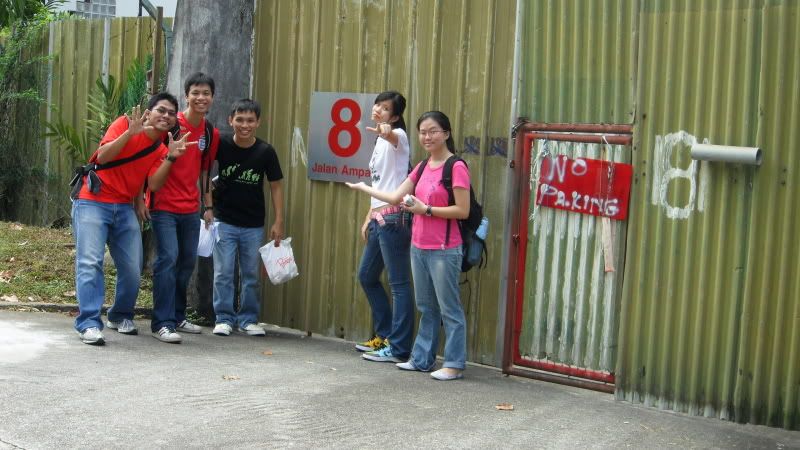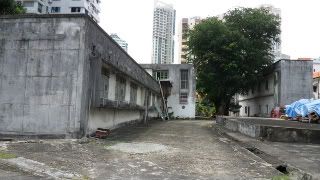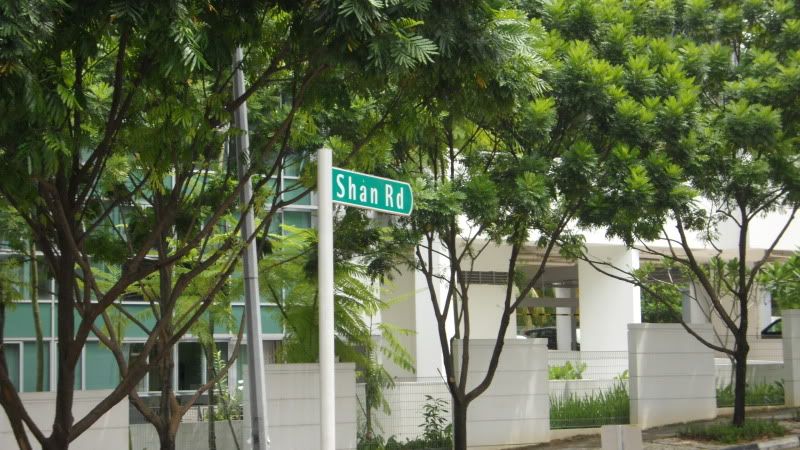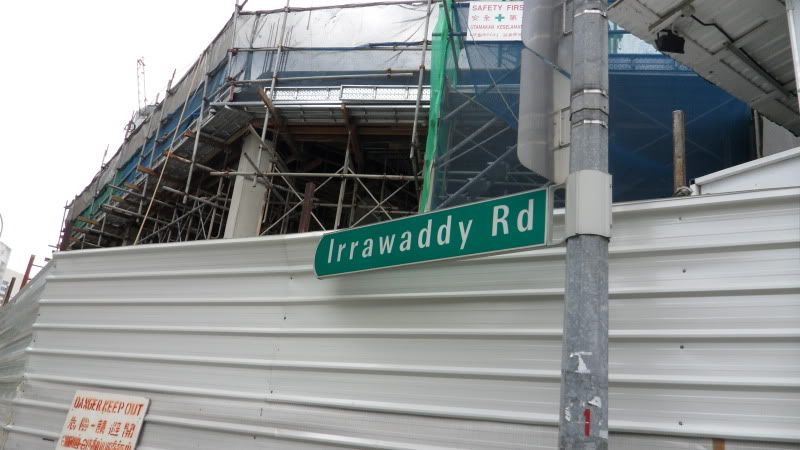Between Balestier Plaza and Shaw Plaza, you would find a lane named Jalan Ampas. Walking down the lane of Jalan Ampas you would notice a plot of fenced land with relatively low structures and a tree in the middle. It was the once prominent Shaw's Malay Film Production Studio.
What's Interesting?
Here’s how Rizal explains the meaning of Ampas…
Here's the perfect answer we found on the information marker there:
Jalan Ampas got its name from the sugar cane plantations, which used to be in the area since the time of Joseph Balestier’s sugarcane plantation. The Malay word ampas tebu refers to the refuse of the crushed cane.
Author's Thoughts
After learning so much about the Shaw’s Malay Film Production Studio from Dr. Blackburn’s (our history lecturer) lectures we finally got to visit it! A little background: The studio at Jalan Ampas was set up by the Shaw brothers in 1947. It was the film malay film studio to be set up then and was one of the only two malay film studio during the ‘Golden age of Singapore Cinema’, the other being Cathay-Keris Studio. The studio produced more than 160 films over two decades.
Unfortunately what we found was the Jalan Ampas far from its glorious days. The gate was locked but we managed to sneak our camera through the little gap and caught this photo.
Looks kind of rundown isn’t it, we seriously think that Shaw (or whoever owns this plot) should consider redeveloping it… Look at all the buildings surrounding it, only one pathetic looking tree rises out from the once famous studio *sigh*
After walking on both sides of Balestier Road, you would have noted that many roads on the ‘odd’ side are Burmese named such as Shan Rd and Irrawaddy Rd which indicated that the area are largely resided by Burmese.
However the ‘even’ side of Balestier Road are malay named such as Jalan Rama Rama and Jalan Kemaman indicating the presence of Malay Kampung communities as well. Thus it is evident that Balestier was not dominated only by the Burmese but Malays were also among early Balestier residents.





